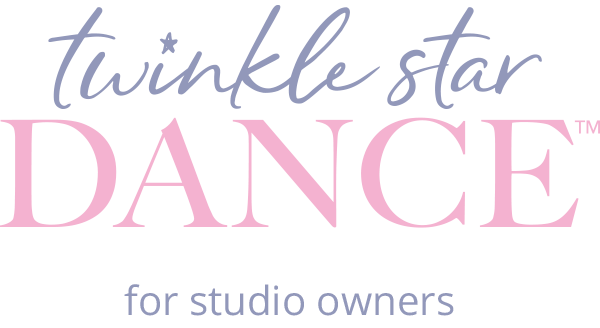In a recent episode of the Dance Studio 411 podcast, Tiffany Henderson, owner of Tiffany's Dance Academy and creator of Twinkle Star Dance, dives deep into the core strategies that dance studio owners can use to boost their financial success. Running a dance studio is more than teaching choreography and running recitals—it’s about finding a balance between artistic passion and business acumen.
If you’re a studio owner, you’ve likely had moments where you wonder, “Am I doing this right?” Tiffany’s approach is refreshing: go back to the basics. Here are the key takeaways from the episode that will help you get your business on the right track.
1. Understanding Your Financials: Know Your Numbers
The foundation of running a successful studio starts with understanding your financials. Tiffany emphasizes that too many studio owners shy away from this aspect of their business. Knowing your numbers—your income, expenses, profit margins, and cash flow—empowers you to make informed decisions.
Action Step: Get comfortable with financial statements, or if needed, work with a bookkeeper who can help break down the numbers for you. Review these regularly to ensure your studio is financially healthy.
2. Pricing for Profit: The Key to Longevity
Many dance studio owners struggle with pricing, either because they fear scaring away potential clients or because they are unclear on the actual value they provide. Tiffany encourages studio owners to be bold and price their services in a way that ensures long-term sustainability.
“If you’re charging based on what you think your community can afford, instead of based on what your services are worth, you’re not valuing your work appropriately,” she says.
Action Step: Take a fresh look at your pricing structure. Consider the value you provide, your expenses, and the profit margin you need to not only survive but thrive.
3. Retention is Key: Keep Your Students Coming Back
Attracting new students is always exciting, but keeping them is even more important. Retention is often more cost-effective than recruiting new students. Tiffany notes that studio owners should focus on creating a positive experience for their students and parents to ensure they keep coming back year after year.
Action Step: Develop retention strategies, like offering early enrollment discounts, nurturing strong student-teacher relationships, and creating a sense of community in your studio.
4. Diversifying Your Revenue Streams
Relying solely on class tuition can limit your studio’s growth. Tiffany suggests diversifying your revenue streams. This can include offering dress code, workshops, and special events like dance camps or themed birthday parties. Monetize recitals through ticket sales, digital downloads, and sponsorships.
Action Step: Brainstorm ways to create additional revenue in your studio. What products or services would complement your current offerings? How can you leverage your existing resources to create more value for your customers?
5. Investing in Staff: Happy Teachers, Happy Business
Your teachers are a critical part of your business. Tiffany believes that investing in your staff—whether through professional development, competitive pay, or creating a positive work environment—is crucial to your studio’s long-term success.
Action Step: Schedule regular check-ins with your staff to ensure they feel supported. Offer opportunities for growth and education, which can help improve the quality of their teaching and their loyalty to your studio.
6. Marketing Consistently
Even the best dance studio can struggle without a solid marketing strategy. Tiffany highlights the importance of consistent marketing efforts, particularly digital marketing. Social media, email newsletters, and an updated website can help drive awareness and enrollments.
Action Step: Set up a marketing calendar to ensure you’re promoting your studio regularly. Highlight testimonials, upcoming classes, and the benefits of your programs to engage with potential students.
Going back to basics means understanding the financial health of your studio, pricing appropriately, focusing on retention, diversifying income streams, investing in your staff, and marketing effectively. By focusing on these essentials, studio owners can build a solid foundation for both creative and financial success.
Tiffany’s expertise, drawn from her years of experience running multiple studios, is a valuable resource for any studio owner looking to streamline their business. For more insights, listen to the full episode here.


